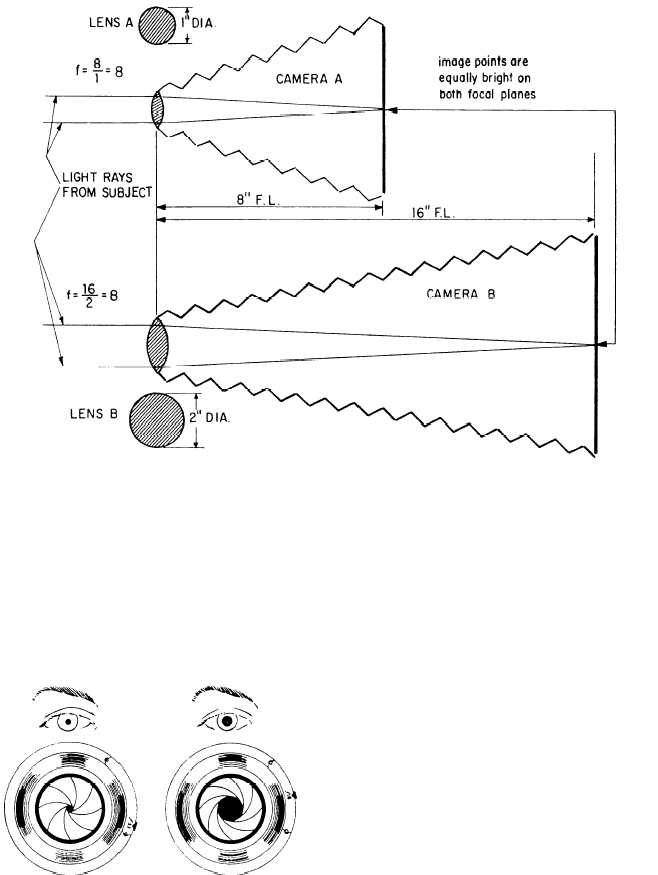Figure 1-23.–Equal f/stops produce equal intensities.
size, when desired, and is called an iris diaphragm. This
opening is always concentric (centered) with, and
perpendicular to the optical axis of the lens. Its location
in the lens barrel is determined by the manufacturer
when the lens is designed.
Rotating the diaphragm control ring in the direction
that reduces the size of the aperture is termed stopping
down. Moving the control ring so it enlarges the aperture
Figure 1-24.–Iris and iris diaphragm.
size is termed opening up. When the diaphragm is set at
the largest aperture, the lens is said to be wide open. The
better the quality of the optics within the lens, the larger
the possible maximum aperture. The size of the largest
opening is the maximum working aperture of the lens
and is called the lens speed. The diaphragm, along with
the shutter, controls the amount of light passing through
a lens, and hence the exposure the film receives.
There are many different aperture sizes possible
with the diaphragm, and each aperture size has a
different value. Consequently, a system was devised for
marking them so they could be used with consistency.
The factorial system has become the most widely used.
This system uses a set of markings commonly called the
f/system. By using the diaphragm control ring, or lever,
you can bring the index mark into line with the numbers
that indicate the measured f/stop of the aperture.
Remember, as these index numbers increase in size, the
opening decreases in size. Furthermore, these numbers
are chosen by moving the index pointer to the next larger
number, and the amount of light admitted is cut in half.
The first or lowest number in the series is usually an
1-19


